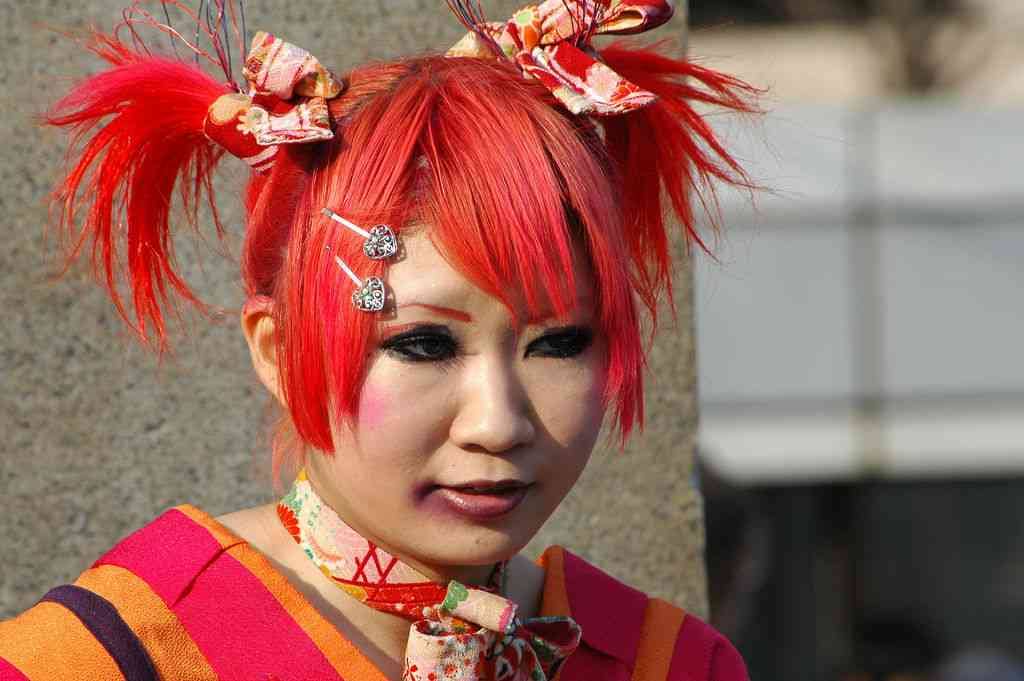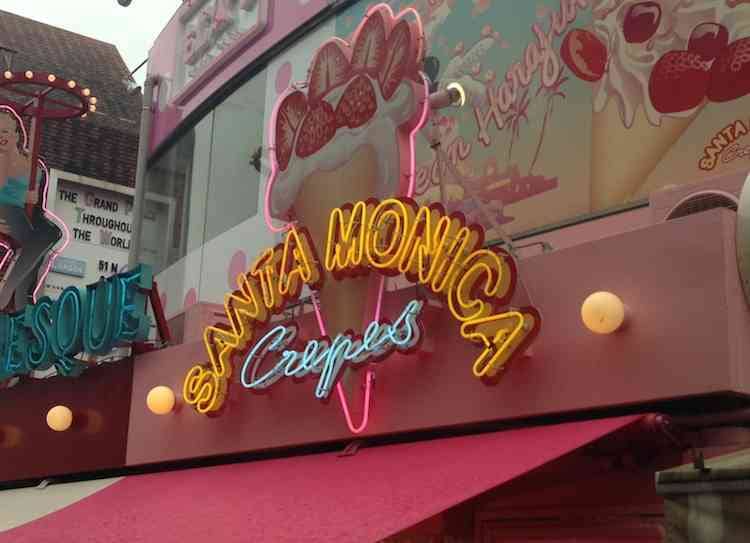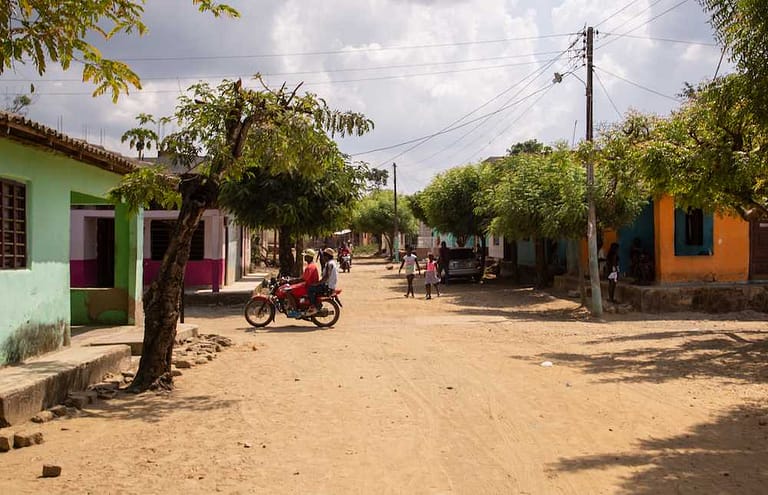What is Harajuku Really Like?
Besides being an upscale Tokyo neighborhood, Harajuku is a place that has taken on a life of its own in pop culture, mostly disconnected from its reality (thank you, Gwen Stefani). So I was curious to walk the neighborhood’s real streets and experience the Harajuku vibe for myself.
Located right between the young, busy neighborhoods of Shibuya and Shinjuku, Harajuku has become known for its shopping and fashion. I’m going to interrupt here to say that it’s incredibly fun to write Japanese neighborhood names again and again, especially Harajuku – yes, I’m sleep deprived and entertaining myself quite easily, I’m glad you asked. This is where my walk through the neighborhood took me.
Disclaimer: Lose the Map contains affiliate links and is a member of Amazon Services LLC Associates Program. If you make a purchase through an affiliate link, I receive a small commission at no extra cost to you.
Omotesando Street (表参道)
Before walking into Harajuku (原宿), I strolled through the neighboring Omotesando Street (表参道) with its galleries, nice restaurants, and top quality clothing stores. It was a little…busy.
Not that this river of people is in any way an anomaly in Tokyo. Get used to crowds, and get used to them fast. The quicker you accept that you will almost always be part of a herd in the central districts, the more you can just let go and enjoy it.
I decided to duck into some side streets to cut a quicker path towards Harajuku. Small cafes and clothing stores, splashed with pink and designer brands, dotted the streets.
That’s when I realized that Harajuku is basically the neighborhood the “Sex and the City” girls would frequent if they lived in Tokyo. It was all there! Shoes on display, lines stretching around the block for Sunday brunch, modern, intricately designed restaurants, and some offbeat style choices. Then again, I usually find that upscale neighborhoods around the world tend to be much more similar to each other than their surrounding environment, so it made sense.
Fording Through Takeshita Street (竹下通り)
Finally, I hit Takeshita Street (竹下通り, Takeshita-dōri), the pulsing center of Harajuku.
Two things about Takeshita Street:
- It would be completely unbearable in any place other than Japan.
- Don’t enter it if you are claustrophobic.
I arrived at the first conclusion because even though I spent almost all my time in Tokyo surrounded by crowds, the citizens of Tokyo are quite organized when moving about in such large formations. This is probably the result of living in the largest city on earth (37.8 million in the Tokyo metropolitan area, and counting), and the general respectful nature of Japanese culture. Though I had people smushed in all around me, I rarely felt pushed or prodded. Things would not go this way in, say, my lovely first hometown of Athens, where the mechanics of line formation are still very much theoretical.
Why do I say you should avoid Takeshita if you are claustrophobic? Well…here’s the live view:
https://youtu.be/qhPPRHwtvZE
It takes much longer to cross the street than you would think, since you walk the length of Takeshita at approximately 4 steps/minute.
The following was what delighted me the most:
First of all, Harajuku locals must be obsessed with crepes. The above was one of approximately 800 crepe shops I saw in the area.
Second, this was not the first time I would come across a very random US reference (especially California) in Tokyo. I saw LA’s Van Nuys neighborhood up on signs, and plenty of locations/shops with Beverly Hills and Hollywood in the name.
It was amusing because we have co-opted quite a lot of Japanese culture in the US, including Harajuku itself, without quite understanding any of it. All the artistic, self-proclaimed intellectual 20-year olds who get Japanese symbols they have never seen before in their lives tattoed into their forearm, all the sushi shops serving Philadelphia and California rolls, all the artsy T-shirts with Japanese characters that could say “Vote for Pedro” for all they know. Maybe this was Tokyo’s way of doing the same thing to us.
We browse websites and laugh at butchered English grammar and spellings in Japan and China, or completely random references to US culture that don’t quite make sense, but maybe we shouldn’t throw stones when it comes to cultural mistranslation.
So Where Are the Harajuku Girls?
I will disappoint you right off the bat by saying I did not come across any of the crazy Harajuku style in my walk around the neighborhood. Perhaps my timing was off, as I heard that the groups of extreme fashionistas, including something called Gothic Lolitas (?), congregate in Harajuku’s Yoyogi Park (代々木公園) only at certain times on Sunday. Then and there you could see girls like this:

The whole time I had been looking around for some sort of crazy fashion and saw pretty much nothing. Most girls wore casual, neutral, only sometimes offbeat, and overall very young-looking styles:
But that was it. Because 50% of Tokyo does not spend three hours gelling their hair to the ceiling and putting on 5 layers of make-up to leave their apartment. Because the youth styles of Tokyo that seem strange to us are (spoiler!) pretty strange to most people in Tokyo as well. Even the people that wear them do so only on Sundays.
Japan in general has been fetishized by some as this completely crazy and incomprehensible culture, but the fact is that most of the clothes, game shows, products, etc., that seem insane to us also seem that way to most Japanese. US and Japanese culture may be very different in a lot ways, but we have more in common than we may think.
Except for police stations. Because this is the most adorable police station I have ever seen.
Farewell to Harajuku! Tomorrow, we go walking and drinking through Shibuya and Shinjuku.












